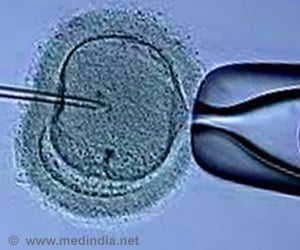Among a group of industrial chemicals shown in some studies to have adverse effects on reproductive health and development, particularly in themale are phthalates.

The study followed the progress of 231 women (in 325 fresh treatment cycles) scheduled forIVF at the Massachusetts General Hospital between 2004 and 2012; urine samples were taken at the start of and throughout treatment and analysed for metabolites of four primary phthalates.The association of levels of urinary metabolites was then explored with three markers o fresponse to IVF: the number of eggs produced following ovarian stimulation, embryo development, and implantation failure.Results first showed that urinary phthalates were detected in almost all the women, reflecting the widespread level of exposure.
Results also showed:
- The odds of implantation failure increased with each rising quartile of two of the urinaryphthalate metabolites. For example, for DEHP (used in vinyl plastic products) the odds of implantation failure in the highest quartile Q4) was twice that of the lowest (Q1).
- There was also an escalating decrease of 4.17% (Q2), 6.19% (Q3) and 11.4% (Q4) in the number of oocytes retrieved with each DEHP phthalate quartile when compared with Q1 (thelowest reference quartile).
However, the results did not detect any association between levels ofurinary phthalates and rates of fertilisation or embryo development.Commenting, Dr Souter believes the results "support the hypothesis" that phthalates are widespread in the environment and may well have an adverse effect on female fertility,particularly when tested in the model of IVF."We are all primarily exposed to phthalates through inhalation and ingestion," she explained. "Itis extremely difficult if not impossible to avoid exposure to phthalates, since they are in so many products." However, she added, exposure can be reduced by the following:
- Limit the use of personal care products with fragrances in them (including many of the modern baby care products and air fresheners).
- Limit use of plastic food storage containers and plastic wraps (certainly do not heat food inthem).
- Read the labels and avoid children's toys made of plastics (vinyl) that contain phthalates.
Source-Eurekalert














